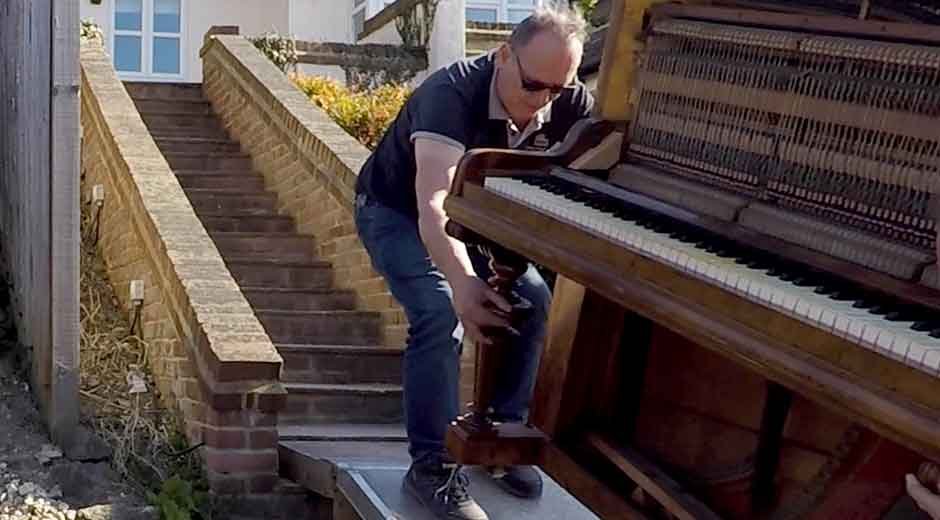Moving a piano is not an easy task. Though it sounds like a job for the strongest in the world, more than brawn is required to transport this delicate instrument. Due to the construction and weight of pianos, transporting them requires a more delicate approach. This is essential to ensuring they can be moved safely and remain functional once they reach their new location. Knowing how the moving process works can ensure a smooth ride when you relocate them.
Understanding the Complexity of Pianos
Pianos are not heavy. However, it is a delicate instrument with components that need protection. Every part is essential to producing the right sounds. Hence, strings, hammers, and keys must be handled carefully to ensure the equilibrium remains undisturbed during transport. Even a slight miscalculation can upset this balance and potentially result in time-consuming and expensive repairs. So, the first step in getting ready for a successful piano move is understanding the complexity of pianos. Seasoned piano movers in Auckland understand this and work accordingly to ensure your beloved instrument remains intact during and after the move.
Proper Gear Is Essential
Proper equipment is essential for moving a piano to a new home or location. Specialised tools, such as piano dollies, straps, and padding, make the process safe for both the instrument and the movers. Piano dollies easily move the hefty musical contraption, and the straps prevent it from moving around and causing damage. Padding is the layer that provides protection and prevents scratches or dents on your piano. Using these tools can help immensely with the moving process.
Methods for Safe Management
Transporting a piano is no simple armchair chore! It should be done properly to avoid injury and damage to the piano. People lifting the instrument must focus on good posture and leg strength, not back. This protects them while moving the instrument and keeps excess stress off the instrument itself. Furthermore, working closely with a skilled team and ensuring streamlined communication can speed up the process and lower the possibility of mistakes and accidents.
Navigating Tight Spaces
Many obstacles exist within a home, like narrow doors, tight corners, and stairs. Carrying a piano despite these obstacles takes foresight and precision. Mapping the path through the building while measuring all entry points can make navigation easier. Sometimes, moving the piano means disassembling some parts. However, remember, it must be put back together carefully so the piano works.
Weather Considerations
The weather on the day of the move plays a key role in ensuring the instrument’s safety and success. A change in extreme heat, humidity, or rain impacts the piano’s wood or strings. Selecting a day with mild weather will potentially prevent damage to the items being moved. Protective coverings can help protect the piano from external elements if there are any unexpected changes in the weather.
The Experience of Experts
Hiring professionals who move pianos every day offers multiple benefits. These experts have the skill, experience, and expertise to deal with unique challenges. They know what they do, so they are less likely to cause damage and save money on repair costs. Experts also relieve individuals of this tedious responsibility and allow them to focus on other aspects of the move.
Maintaining Instrument Value
Many times, pianos have both monetary and sentimental value. Protecting this investment, whether a family heirloom or a valued item, is critical. It is essential to take a few minutes to protect and carry it safely, as this will aid in maintaining the value of the piano and safeguard its life. With professional moving services, people no longer need to worry about whether their instruments will reach their destination safely. Instead, their beloved instrument will last for years, allowing people to enjoy beautiful music.
Conclusion
Piano moving is not all about strength and muscle. It takes a mix of understanding the complexity of the instrument, using the right equipment, and following standard operating procedures for safe handling. Expert navigation, weather condition monitoring, and professional help will help make the move smooth. Considering these aspects allows people to receive their pianos safely in their new homes, ready to bring music into their lives again.










